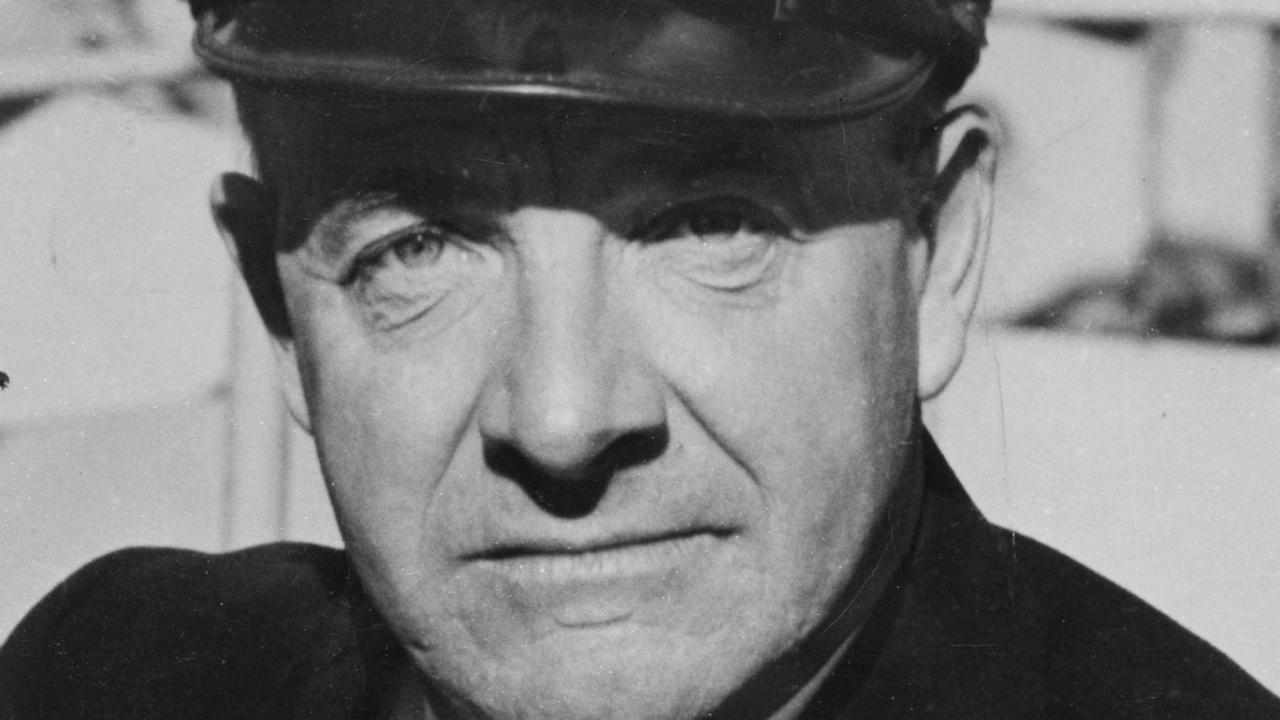Trump’s ‘extreme vetting’ call evokes a familiar tune in US history
The Statue of Liberty has a plaque urging the world to send its tired, poor and huddled masses yearning to be free but conditions may apply

Today in History
Don't miss out on the headlines from Today in History. Followed categories will be added to My News.
On a bronze plaque attached to the Statue of Liberty in 1903 are these familiar lines of verse by American poet Emma Lazarus:
“Give me your tired, your poor, Your huddled masses yearning to breathe free, The wretched refuse of your teeming shore.
“Send these, the homeless, tempest-tost to me, I lift my lamp beside the golden door!”
The welcome to the world’s exiles and outcasts was inscribed inside the statue which was one of the first things passengers on migrant ships saw as they came into New York’s Ellis Island, where many new arrivals to the US were processed until 1954.
The sentiment is in stark contrast to Republican presidential hopeful Donald Trump’s proposal to turn away some of the “wretched refuse” and skim only the cream of the “huddled masses”.
If elected he is promising “extreme vetting” of migrants.
“We should only admit into this country those who share our values and respect our people,” Trump said.
“In the Cold War, we had an ideological screening test.”
There is nothing new about his comments. Political measures to weed out “undesirables” have been a constant theme in American history.

After British colonists had established a foothold in America in the 16th century they welcomed as much migration as possible, to improve the odds of fending off attacks from indigenous Americans and to help build a new version of Europe.
Many colonists were escaping old world strictures or persecution and were themselves considered undesirables back in Europe.
When the colonists broke away from Britain, the US constitution, which came into force in 1789, gave Congress power “to establish a uniform rule of naturalisation”.
In 1790 Congress passed a naturalisation law that put no restrictions on immigration but allowed magistrates to grant citizenship only to those who their court determined, by some arbitrary test, were of “good moral character”.
Even so, citizenship was restricted to freeborn whites, which excluded Asians, Africans and indigenous people (African-Americans were only given citizenship in 1870).
A 1798 Alien Enemies Act allowed resident aliens to be deported if their home country was at war with the US. But it was in 1875 that the first law to restrict immigration of people deemed “undesirable” was enacted.

The Page Act, introduced by Republican Representative Horace F. Page, was aimed specifically at Chinese labourers coming to mine gold and Chinese women allegedly imported to become prostitutes. Both were seen as a threat to “white values”, livelihoods and lives.
An 1882 Chinese Exclusion Act banned Chinese migration and forced Chinese residents to register with the government or be considered illegal immigrants.
The 1891 Immigration Act introduced medical examinations and a team of migrant inspectors to vet newcomers.
In 1892 the Ellis Island Immigrant Hospital opened to examine and, if necessary, detain migrants for infectious diseases or problems that would make them a burden on the
US economy. But when congressmen also tried to introduce a literacy test
in 1897 it was vetoed by president Grover Cleveland.
The 1903 Anarchist Exclusion Act added anarchists, epileptics, beggars and prostitutes to a growing list of undesirables who were weeded out
at the borders.
A 1907 act expanded the list of disabled and diseased who could be denied entry. The list included “idiots, imbeciles, feeble-minded persons” but dealing with so many different languages made it difficult to determine who were “idiots”.
This led to the implementation of an intelligence test in which migrants had to watch as an inspector touched a series of wooden blocks in a sequence and then either repeat that sequence or be deemed feeble-minded.
Congress finally successfully introduced a literacy test for migrants in 1917, despite president Woodrow Wilson’s attempts to veto it.
Immigration dropped from the 1930s until after World War II when thousands of displaced persons were resettled in the US, but in 1952 legislation race was dropped as a reason for vetting immigrants.
Instead political affiliations and people migrating from communist nations came under particular scrutiny.
Originally published as Trump’s ‘extreme vetting’ call evokes a familiar tune in US history



